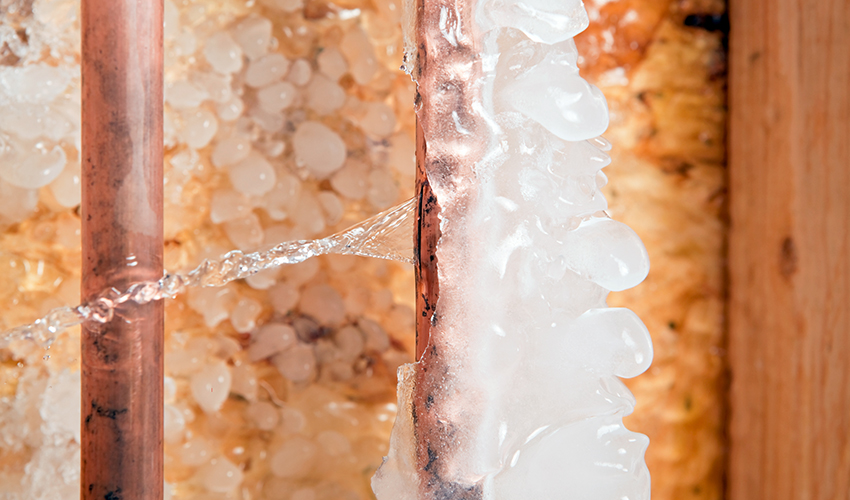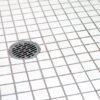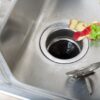Category: Water Damage Restoration

Preventing Frozen Pipes During Winter
Here in Minnesota, we’re no strangers to extremely cold weather. Unfortunately, that means an even higher risk to perhaps the most common winter plumbing issue: frozen pipes. As a homeowner, it’s important to take the proper steps to protect your household and family. To help, we put together these tips for preventing frozen pipes during winter.
Locations at Risk for Frozen Pipes
Before learning how to protect pipes from freezing, it’s important to understand what areas around the home are at risk.
Exterior Walls
Pipes running along your home’s exterior walls have the bitter outdoor cold on one side. With little to no insulation for protection, they’re at risk for freezing.
Unheated Interior Areas
Beware of piping in unheated areas around your home when the temps drop: attics, crawl spaces, garages, and kitchen cabinets.
Exposed Outdoor Pipes
Any outdoor pipes that are directly exposed to the cold are obviously at risk for freezing. These include outdoor hose bibs (spigots), sprinkler lines, and swimming pool supply lines. All exterior pipes should be drained and shut off before the winter season, with all hoses removed from the faucets.
Tips For Preventing Frozen Pipes
So, what can you do? There are steps to take before winter hits, but since it’s already January, we’ll focus on what should be done now to protect your home and its piping.
Keep Garage Doors Closed
If there are water supply lines in your garage, keep the doors closed to keep the cold out and trap in as much heat as possible.
Open Cabinets and Closets
Closed doors prevent heat transfer. Open closet doors and cabinets in your kitchen and bathroom so warm air can reach and circulate around the plumbing.
Let Faucets Drip/Trickle
During extreme cold, leave faucets slightly open overnight. Keeping the water running, even at a light drip or trickle, will help prevent freezing.
Keep the Thermostat Up
Many homeowners lower the thermostat at night or when they’re away to save on energy costs. If you do, remember that the lower the temperature, the higher the risk of frozen pipes. Keeping the thermostat up consistently may increase the heating bill a bit but repairing a burst pipe and the damage it causes is significantly more expensive.
Generally, it’s recommended to go no lower than 55 degrees (or closer to 60 during severely low temps), especially if you’re leaving home for multiple days.
Pay Attention to Wind
January and February tend to be the coldest months, and windy conditions increase the risk of frozen pipes even more. Wind can penetrate cracks and seams in your home’s exterior, exposing pipes deeper inside your home to cold air. Pay attention to the direction of the wind and the pipes on that side of the house.
Protect Your Sump Pump
Sump pumps are generally located in or near the basement – which are colder areas of the home – and become susceptible to freezing in winter. Reduce the sump’s workload by redirecting water away from the basement. Consult your local plumber for help insulating your pump’s area and components for added protection.
The new year is upon us, but we know that there are still plenty of cold days yet to come here in Minnesota. The first couple of months also tend to be the coldest, so be sure to follow these tips for preventing frozen pipes during winter to keep your home safe. In the unfortunate event of a burst pipe, contact a plumbing professional immediately. The master plumbers at Robillard are experts when it comes to frozen/burst pipes and water damage restoration, and are always here to help. Contact us for all your plumbing needs.
Read More


